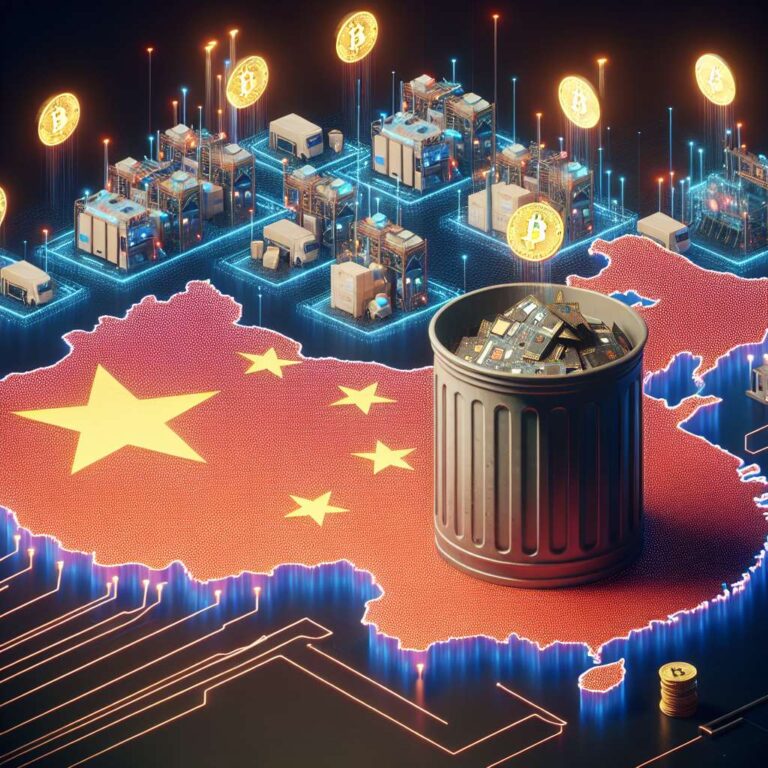Beijing has quietly issued guidance barring state-funded data centres from using foreign-made Artificial Intelligence chips, according to sources cited by Reuters. The directive orders projects less than 30% complete to remove or replace foreign hardware, while other projects will be reviewed on a case-by-case basis. The measure forms part of an explicit push to achieve technological self-sufficiency and to reduce reliance on U.S. semiconductor firms such as Nvidia, AMD, and Intel.
The move follows years of escalating technology tensions between the U.S. and China. Washington has imposed export controls limiting access to high-end chips on national security grounds, and Beijing has responded by accelerating investment in domestic semiconductor production. Observers say the ban is one of China’s strongest steps yet toward technological decoupling and could significantly disrupt global chip trade and further fragment the Artificial Intelligence supply chain.
The guidance could materially alter market positions inside China. Nvidia, which held an estimated 95% share of China’s Artificial Intelligence chip market in 2022, has already seen its market share fall to zero, and the new rules diminish prospects for recovery in state-backed projects. Domestic vendors including Huawei, Cambricon, and Enflame stand to gain business from localization, but analysts caution the policy could also slow China’s progress in high-end Artificial Intelligence computing where U.S. companies still lead.
Government bodies named in reporting, including the Cyberspace Administration of China and the National Development and Reform Commission, have not publicly commented on the guidance. U.S. chipmakers either declined to comment or did not respond to requests. Within China the policy is being framed as a patriotic and strategic effort to strengthen national resilience; some local initiatives, including a major Artificial Intelligence facility in a northwestern province, have been halted pending compliance. Analysts expect Beijing may extend similar localization rules across other digital infrastructure sectors, increasing the likelihood of two distinct technology ecosystems advancing under different standards and priorities. The report is based on an exclusive Reuters account.

